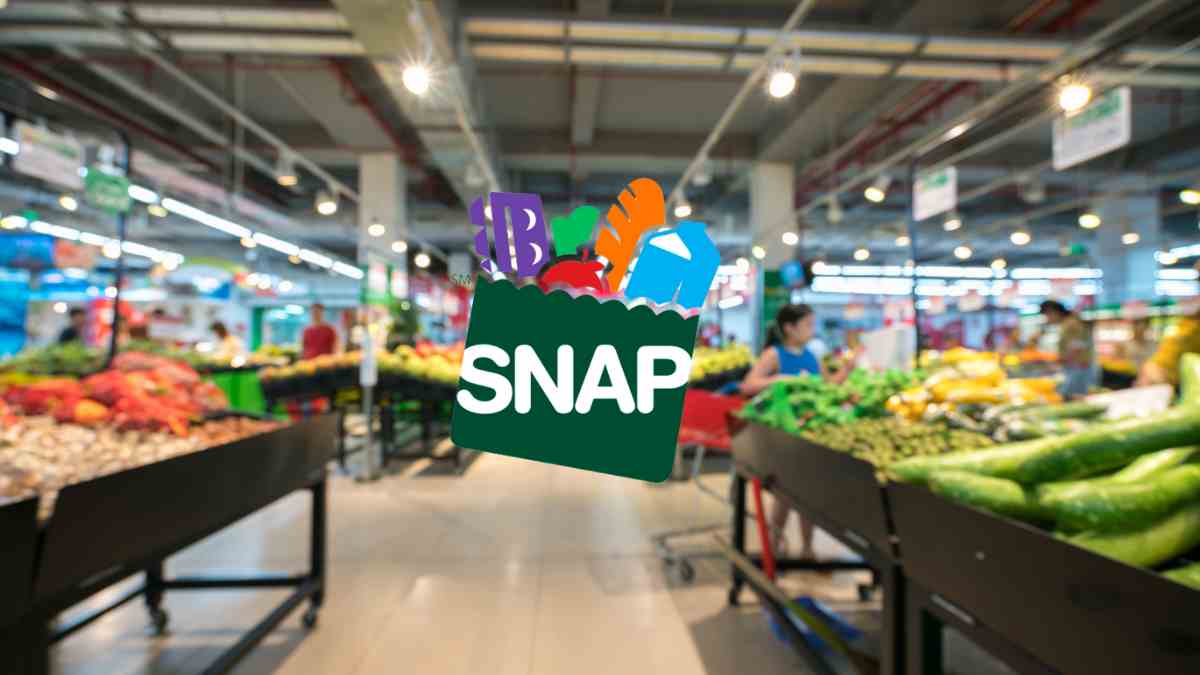
The Supplemental Nutrition Assistance Program, commonly known by its acronym SNAP, plays a crucial role for millions of families in the United States. Overseen by the U.S. Department of Agriculture (USDA), this program provides financial assistance to low-income individuals, enabling them to purchase basic, nutritious foods. The program disburses this support through an Electronic Benefits Transfer (EBT) card, which can be used at authorized retailers.
SNAP is the largest federal nutrition assistance program in the country, designed to ensure that families with limited resources can access the food they need for a balanced diet. Traditionally referred to as “food stamps,” the paper vouchers were replaced in 2014 by EBT cards, which make it easier for recipients to shop at approved grocery stores, supermarkets, and markets.
What is the SNAP program and how does it work?
While SNAP benefits are primarily meant for purchasing food, they are restricted to specific items. Non-food products such as tobacco, alcohol, and other non-consumable goods cannot be bought using SNAP funds. This ensures that the assistance provided goes directly toward improving the recipient’s nutritional intake.
Eligibility for SNAP depends on several factors, with household income being the primary consideration. The program is targeted toward individuals and families who meet specific income thresholds. The size of the household, which includes everyone who lives together and shares meals, is also a factor in determining eligibility. Additionally, savings and available funds in bank accounts may be taken into account.
Who is eligible for SNAP benefits?
Though SNAP is federally managed, each state has the authority to make adjustments to the requirements and processes. This means that while there are general guidelines, it is crucial for individuals to consult their local SNAP office to learn about the exact qualifications in their region.
One of the significant aspects of SNAP is that it does not discriminate against people without a fixed residence. Even if you do not have a stable address or a place to cook, you can still apply for and receive benefits. This feature ensures that homeless individuals or those with unstable living conditions can access the food they need to survive.
The amount of SNAP benefits you receive is determined by several factors, including the size of your household, your income, and certain essential expenses like rent, medical bills, or utilities. Most households receiving SNAP benefits will need to supplement this assistance with part of their own income to fully cover their food needs.
Each month, SNAP benefits are deposited directly onto the EBT card. You can use this card like a debit card at approved retailers to purchase a wide range of food items, including fruits, vegetables, meats, dairy products, bread, and cereals. The program aims to help recipients build a well-balanced diet by providing access to essential food groups.
How to apply for SNAP benefits
Applying for SNAP benefits is a relatively straightforward process, though it varies from state to state. The first step is typically to contact your local SNAP office, where they can guide you through the process. Many states also offer online applications, making it even easier for people to access the program.
When applying, you will be required to provide documentation that verifies your financial situation, such as proof of income and expenses. It may take several weeks for your application to be processed, but once approved, you will receive your EBT card and can start using it to purchase food.
